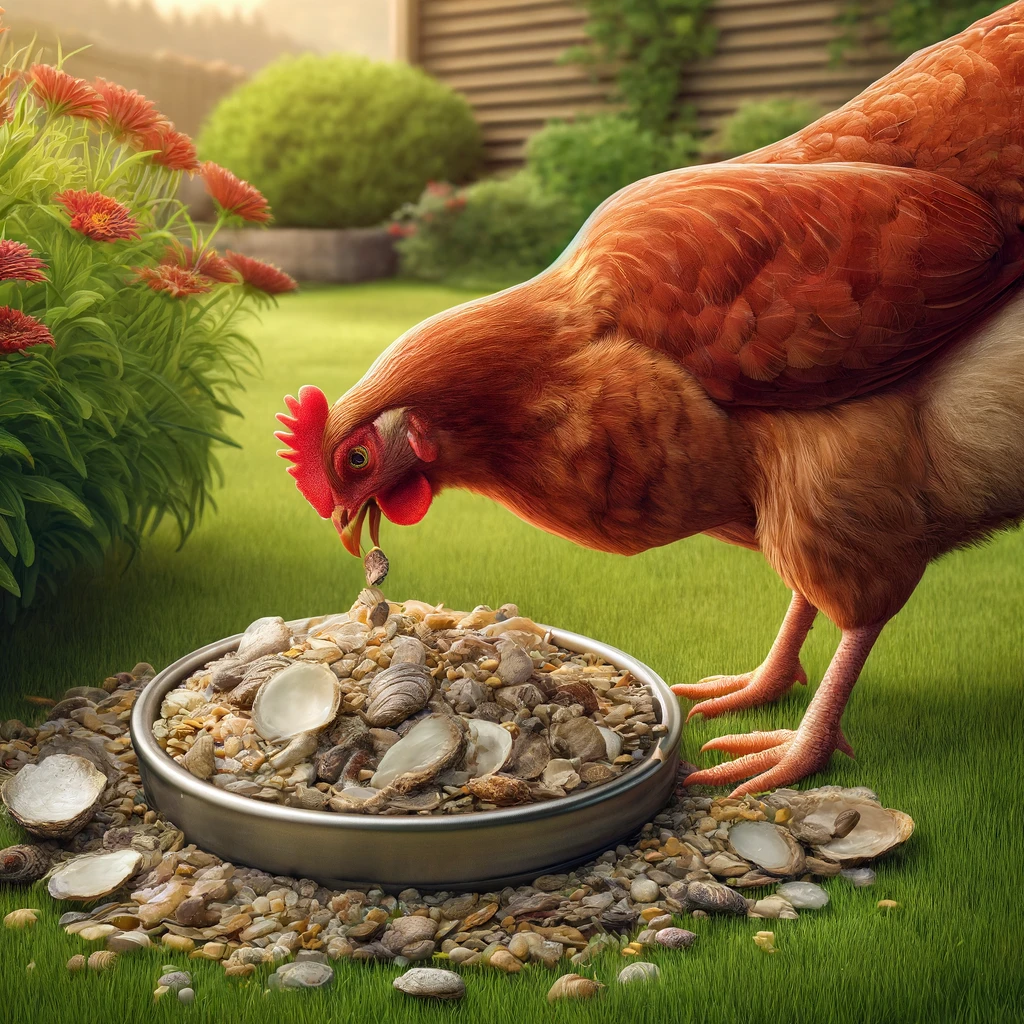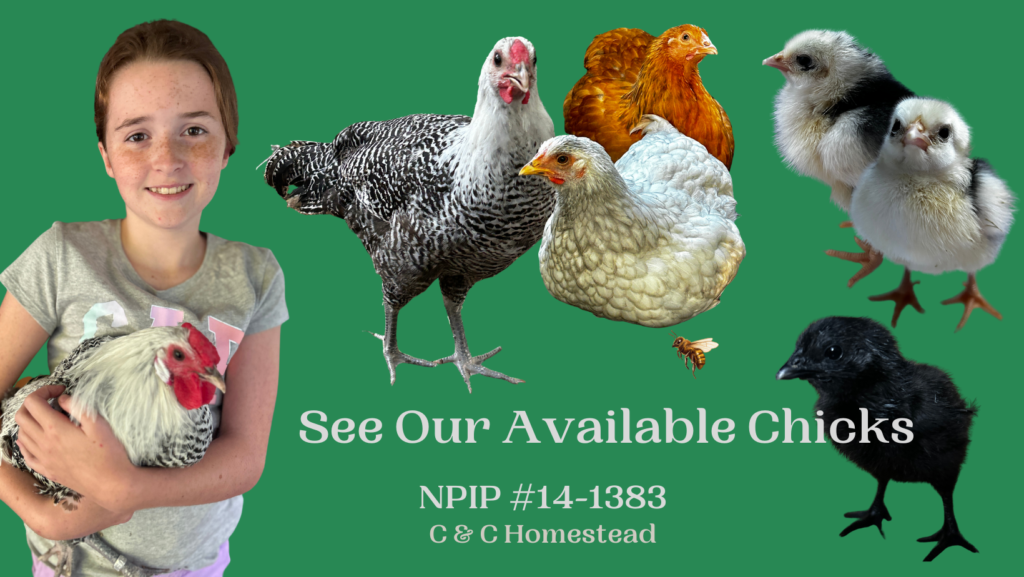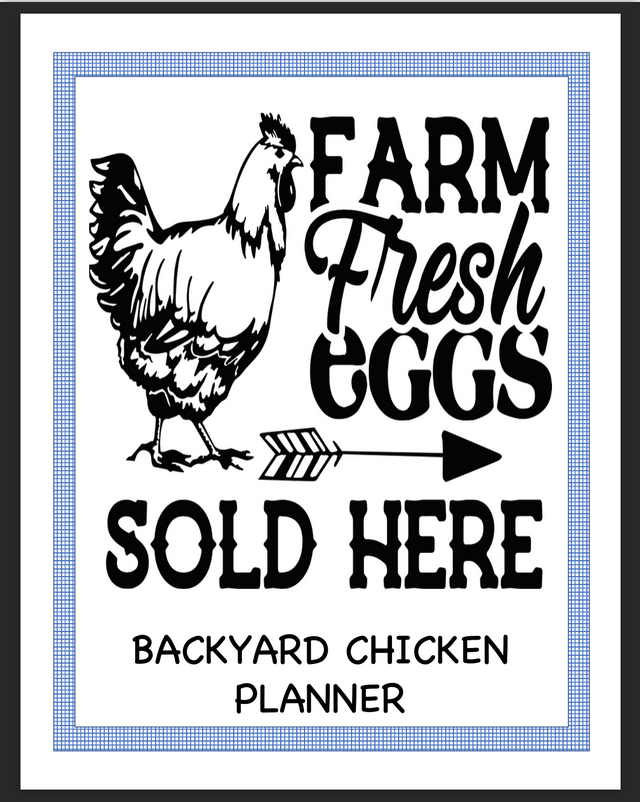Balancing Corporate & Homesteading Lifestyles
The Importance of Calcium & Grit in a Chicken’s Diet

Chickens, like all birds, have unique dietary needs that include the consumption of both grit and calcium. These components are crucial for their digestion and egg production, respectively. Understanding the why, when, and natural sources of these elements can help backyard poultry enthusiasts maintain healthy and productive flocks.
Why Chickens Need Grit
- Digestion: Chickens do not have teeth to chew their food. Instead, they have a specialized part of their stomach called the gizzard, which functions to grind their food. Grit, which consists of small stones or coarse sand, is ingested by chickens and stored in the gizzard. The muscular walls of the gizzard tighten and release, causing the grit to pulverize the food, facilitating digestion.
- Absorption of Nutrients: Properly ground food is essential for the efficient absorption of nutrients. Without grit, chickens can suffer from nutritional deficiencies even if their diet is otherwise adequate.
Why Chickens Need Calcium
- Eggshell Formation: Calcium is a critical component of eggshell formation. Laying hens have a high demand for calcium, and if they don't get enough from their diet, their body will begin to leach calcium from their bones, which can lead to weakened bones and reduced egg-laying performance.
- Muscle Contraction and Nerve Function: Calcium also plays a role in muscle contraction and nerve function in chickens. It helps in the overall health and well-being of the bird.
When Chickens Need Grit and Calcium
- Grit: All chickens need access to grit if they are on a diet that includes whole grains or any other form of non-commercial feed. Even chickens on commercial diets can benefit from grit to aid in the digestion of any incidental material they consume while foraging.
- Calcium: Laying hens need a considerable amount of calcium compared to non-laying chickens. Their need for calcium increases as soon as they start laying eggs and remains high throughout their productive period. It's less critical for roosters and non-laying hens, though it remains an essential mineral for overall health.
Natural Sources of Grit and Calcium
- Natural Sources of Grit:
- Sand: Coarse sand is a good source of grit for chickens and is often found naturally in their environment.
- Small Pebbles: Chickens will naturally pick up small pebbles while foraging.
- Crushed Granite: Often sold as commercial grit, this can be offered in a separate feeder for chickens to consume as needed.
- Natural Sources of Calcium:
- Oyster Shell: This is one of the most common supplements used by chicken keepers. It's typically available in feed stores and should be provided in a separate container so chickens can consume it as needed.
- Eggshells: Cleaned and crushed eggshells can be a good source of calcium. It’s important to crush them finely to prevent the chickens from recognizing them as eggs to avoid egg-eating habits.
- Bone Meal: A fine powdery substance, bone meal is high in calcium and can be mixed into the feed.
- Calcium-Rich Plants: Certain plants, like kale, spinach, and collard greens, have high levels of calcium and can be fed to chickens as part of a balanced diet.
How to Provide Grit and Calcium
- Separate Feeders: It's a good practice to offer both grit and calcium in separate feeders available to the chickens at all times. This allows the birds to consume as much as they need based on their individual requirements.
- Monitor Consumption: Keep an eye on how much grit and calcium your chickens are consuming and adjust the availability as necessary. Consumption rates can give you insights into their dietary needs and overall health.
Providing adequate grit and calcium is a simple yet crucial aspect of chicken care. It ensures efficient digestion and the health of laying hens, contributing significantly to the overall health and productivity of the flock.



